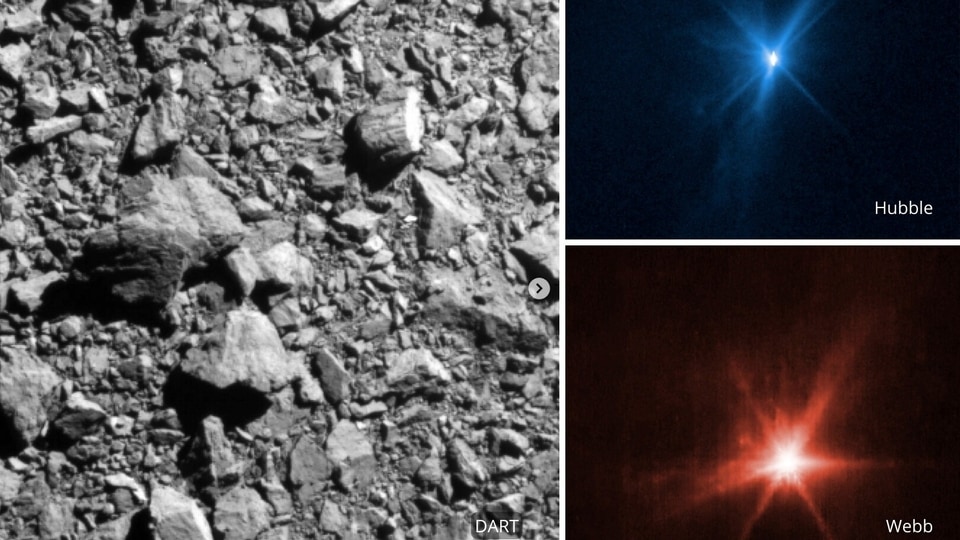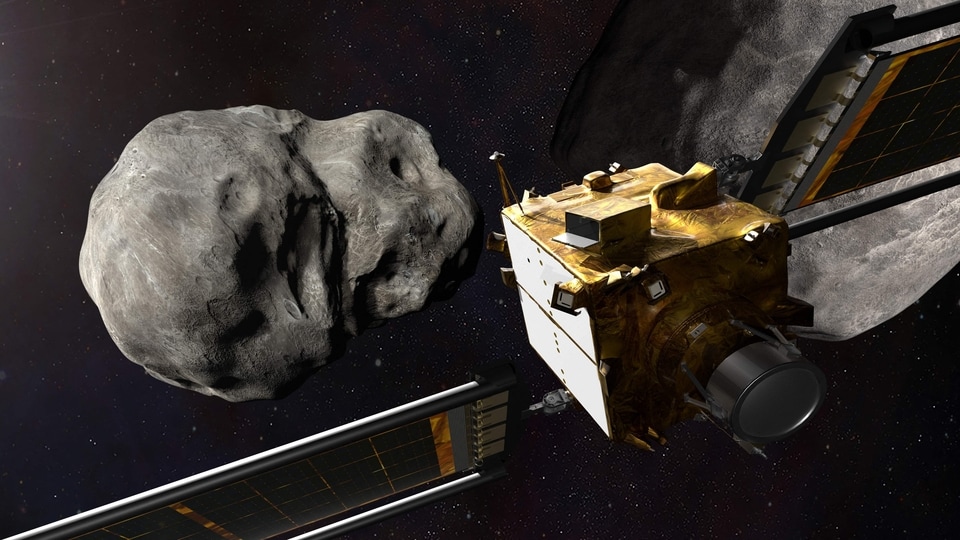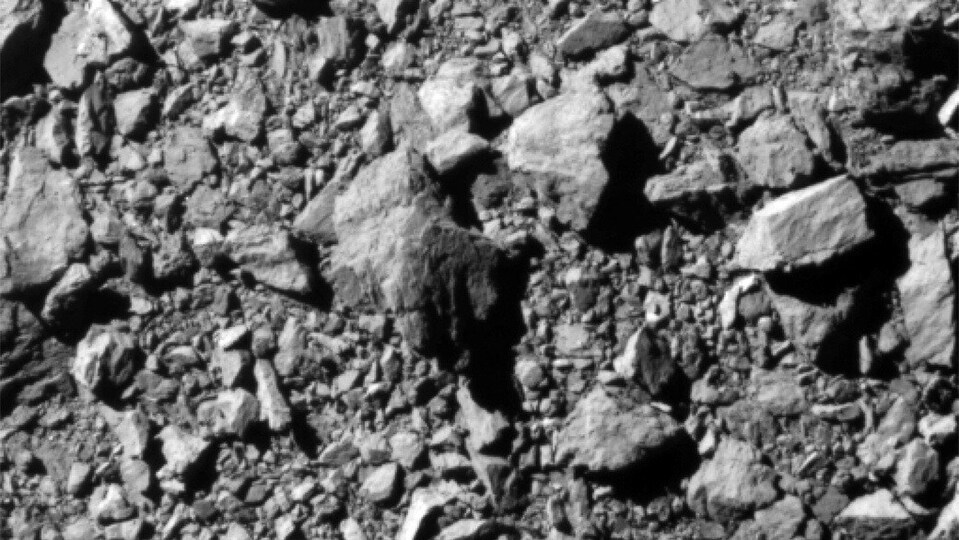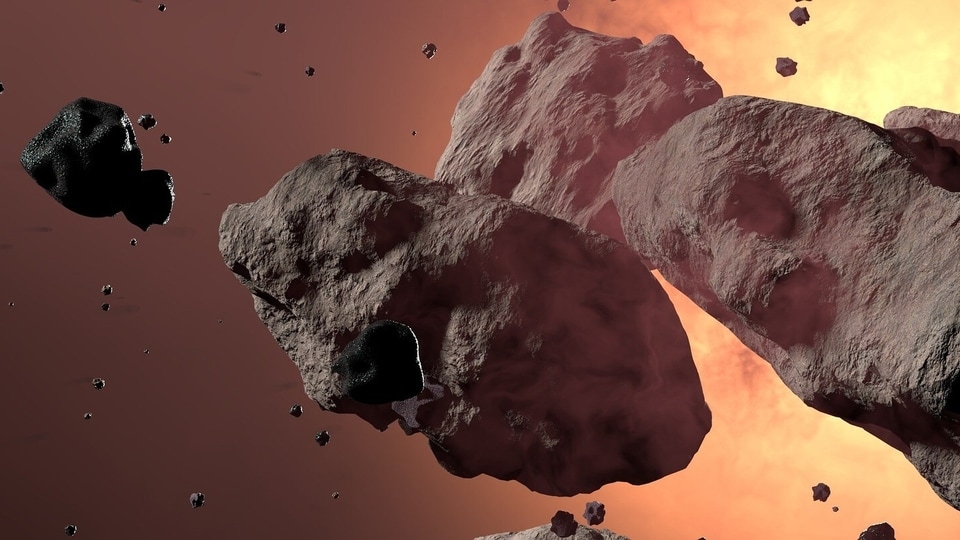THESE asteroids are LETHAL, biggest is a whopping 939 km! Do they threaten Earth?
Do you know which is the largest asteroid found so far? Have a look at these asteroids that do pose a threat to Earth.





_1664474838769.jpeg)

 View all Images
View all ImagesNASA's observatory JPL keeps all of us informed about the potentially hazardous asteroids that are flying by close to Earth as well as their threat potential. The constant watch being kept on these monstrous space rocks is because there have been many asteroids that have crashed on Earth in the past. You must have heard about the infamous Chicxulub crater which was formed over 66 million years ago when a giant 10km wide asteroid in diameter struck the Earth and ended the era of dinosaurs. But you will be shocked to know that it wasn't the largest asteroid that scientists have found so far. There are some other behemoth asteroids that may pose a bigger threat to Earth! Let's take a look at the 5 largest asteroids found yet.
5 LARGEST asteroids
1. Asteroid Ceres
The largest asteroid known to date is Ceres, which is said to be around 939.4 km in diameter, which is as big as Alaska, the largest state in the USA, starlust.org mentioned. It rotates around the sun once every 1,678 Earth days.
2. Asteroid Vesta
The second largest asteroid is known to be Vesta, which measures around 525 km in size. Despite the fact it is smaller than Ceres, you may even see it with the naked eye because of its brightness. The spherical-shaped asteroid has separated into crust, mantle and core much like Earth.
3. Asteroid Pallas
Pallas - the third largest asteroid was first classified back in 1802, and it was first considered to be a planet. It measures around 513 km, according to Starlung.org. Its surface is covered with more craters than asteroid Ceres or asteroid Vesta.
4. Asteroid Hygiea
Fourth largest and one of the most interesting facts about asteroid Hygiea is that, unlike other asteroids, it is very close to achieving hydrostatic equilibrium, which may make it a dwarf planet in the solar system. However, it measures around 444 km wide in diameter.
5. Asteroid Interamnia
Interamnia is last but not least, one of the biggest asteroids in the solar system, which measures around 306 km in diameter. It was first discovered in 1910 by Vicenzo Cerulli.
Asteroid danger can be controlled!
Undoubtedly, these giant asteroids and even many other smaller space rocks pose a threat to Earth. Hence, NASA recently successfully tested the Double Asteroid Redirection Test (DART) mission as a planetary defense against near-Earth objects, including asteroids. It studies how a spacecraft's impact deflects an asteroid. However, whether the spacecraft managed to deflect the asteroid will be known over the next few weeks and months as the data is collected an analysed.
Catch all the Latest Tech News, Mobile News, Laptop News, Gaming news, Wearables News , How To News, also keep up with us on Whatsapp channel,Twitter, Facebook, Google News, and Instagram. For our latest videos, subscribe to our YouTube channel.































